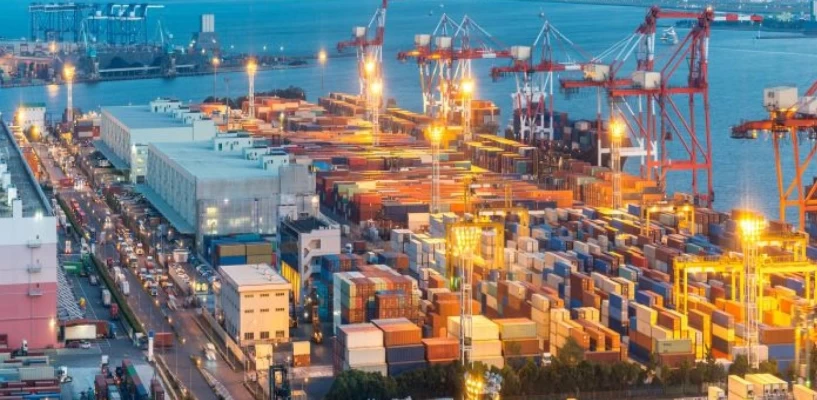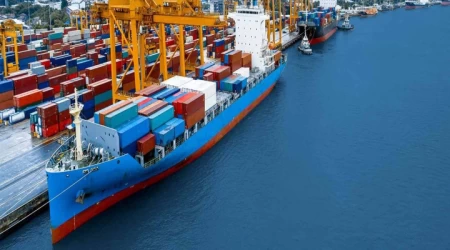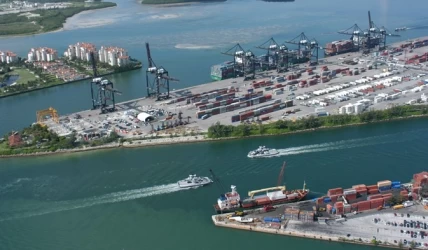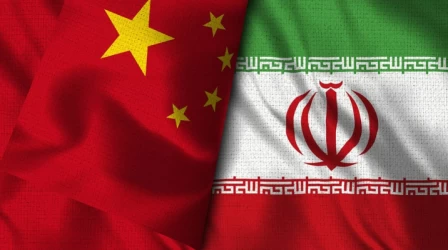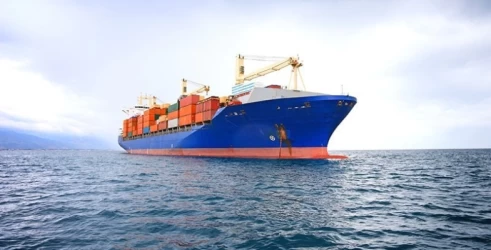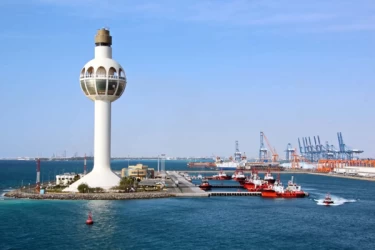Sea Freight in the Port of Tokyo
The Port of Tokyo is one of the largest and most significant seaports in Japan and the Pacific Ocean basin. It plays a crucial role in both domestic and international trade, handling a vast array of goods and commodities. This article delves into the various aspects of sea freight operations at the Port of Tokyo, highlighting its infrastructure, capabilities, and importance in global trade.
Historical Background
The Port of Tokyo, originally known as Edo Port, has a rich history dating back to the Edo period. It became operational with three terminals in 1941 and has since expanded significantly. The port’s development was accelerated during World War II and continued through the post-war reconstruction period, establishing it as a major hub for international trade.
Infrastructure and Facilities
The Port of Tokyo spans approximately 5,292 hectares, with a land area of 1,033 hectares. It comprises 204 wharves and 15 berths dedicated to handling containers. The port is equipped with numerous storage yards, cold storage facilities, and specialized terminals for different types of cargo. Key terminals include:
- Oi Terminal: Spanning 235 acres, it has seven piers and can handle ships weighing about 51,000 DWT. It is equipped with 20 cranes and can manage 58,000 TEUs annually.
- Aomi Terminal: Comprising five berths, it handles ships weighing 36,000 DWT and has 1,336 reefer points for refrigerated cargo.
- Shinagawa Terminal: These terminal spans 24 acres and has three berths for international shipments, equipped with five cranes and handling 6,000 TEUs.
Cargo Handling and Trade
The Port of Tokyo handles a diverse range of cargo, including food products, steel goods, paper, vehicles, and more. It has specialized terminals for different types of cargo:
- Oi Food Terminal: Handles bulk cargo such as wheat, fruits, vegetables, and marine produce.
- Lumber Terminal: Manages imports of lumber from countries like the US and Malaysia.
- Tsukishima Terminal: Deals with seafood.
- Takeshiba Terminal: Handles agricultural produce.
- Shinagawa Terminal: Manages vehicles and newsprints.
- Tatsumi Terminal: Handles steel goods.
The port also has passenger terminals, with the Harumi cruise terminal being the most famous.
Economic Impact
The Port of Tokyo is a vital economic engine for Japan. It employs over 30,000 people and provides services to more than 32,000 ships annually. In 2019, the port handled 2.46 million TEUs of container imports, making it one of the busiest ports in Japan. The port’s annual cargo tonnage is approximately 100 million tones.
International Trade Relations
The Port of Tokyo has extensive international trade relations, connecting Japan with countries across the globe. It has strong trade links with China, South Korea, Southeast Asian countries, the Americas, and Europe. The port’s strategic location and advanced infrastructure make it a key player in global trade networks.
Future Developments
The Port of Tokyo continues to evolve, with ongoing investments in infrastructure and technology to enhance its capabilities. Future developments aim to increase efficiency, reduce environmental impact, and strengthen the port’s position as a leading hub for international trade.
Conclusion
The Port of Tokyo is a cornerstone of Japan’s maritime industry, facilitating the movement of goods and contributing significantly to the country’s economy. Its advanced infrastructure, diverse cargo handling capabilities, and strategic international trade relations make it an indispensable part of global sea freight operations.
If you have any specific questions or need more detailed information about a particular aspect of the Port of Tokyo, feel free to ask!

